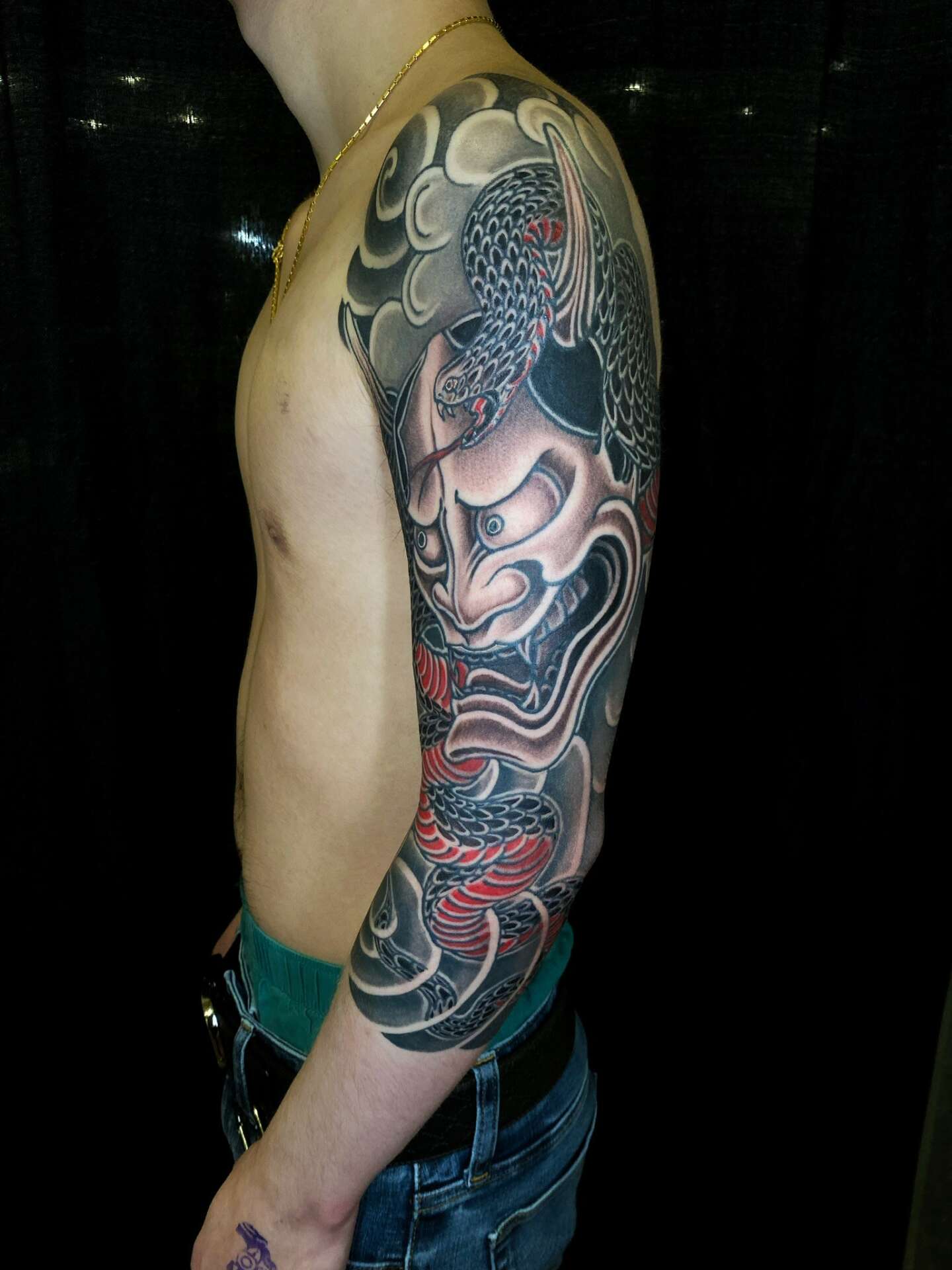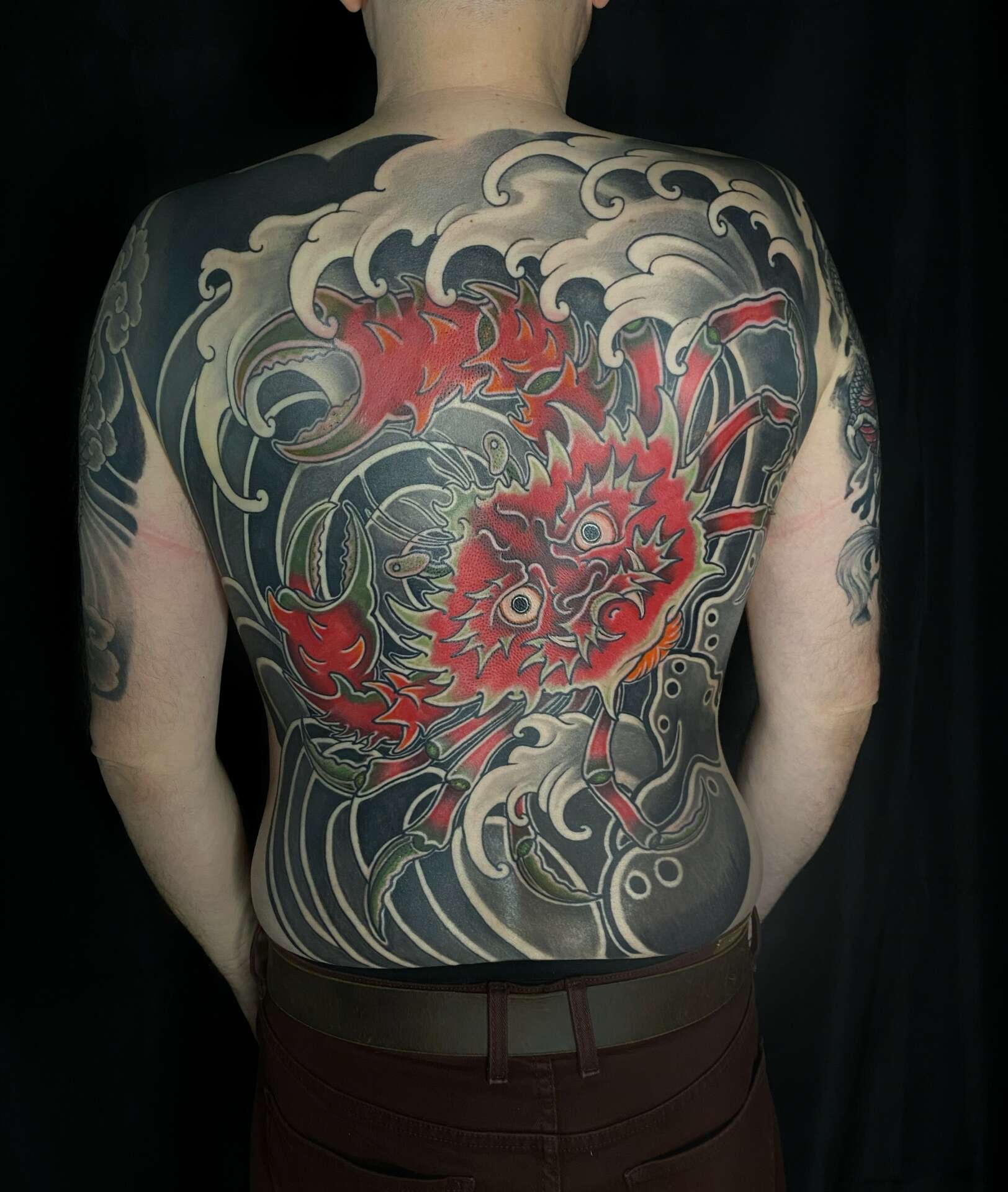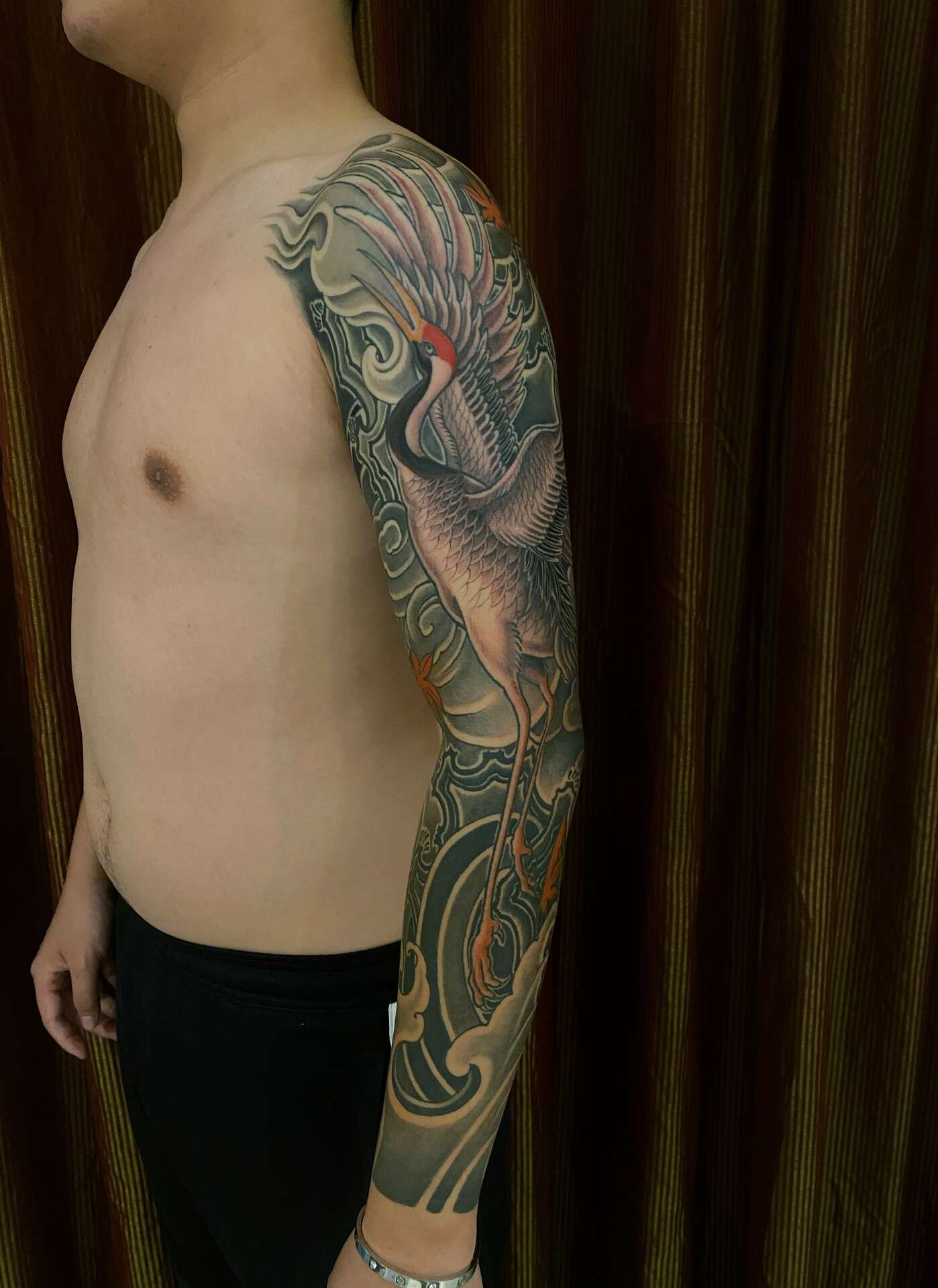We recently connected with Zihan Wang and have shared our conversation below.
Hi Zihan, thanks for joining us today. Was there a defining moment in your professional career? A moment that changed the trajectory of your career?
I was always into art and drawing as a kid. It wasn’t like I was obsessed with it, but I would spend my free time at home drawing for fun. My mom took notice of my hobby, and took me to a drawing class, where I first learned drawing techniques and a sense of artistic taste. I was never a good student in the academic sense. School classes could never hold my attention, so I was thankful for the weekend art classes, which I looked forward to going to throughout the week. Around high school, my academic standing was below average at best. But what did get my attention was Japanese culture, particularly ukiyo-e art like woodblock prints and paintings from 17th to 19th century. While exploring this interest, I stumbled upon an artist named Horiyoshi 3, a legend in the tattoo community. I really enjoyed the way he was able to translate ukiyo-e art into body art. My interest in tattoos began here.
I’m very close to my mother, she raised from a young age, took me to my first drawing classes, and she tried her best to provide a fulfilling childhood for me. It was very hard for me to tell my mother I wanted to drop out of high school and pursue tattooing. Chinese parents are very strict and hold traditional values, my mom was no exception. Part of these Chinese values of the older generation is looking down on tattoos as a gang-related activity, and not as a respected art form. I showed her the most popular tattoo artist in the world that I knew of at the time and contrasted it with prison and gang tattoos to show her there is a world of difference in the stereotype and the more refined art. She slowly came around, eventually taking me to tour a few tattoo shops in Beijing that we found online. It was through this process that I found the shop that we both liked, and I started my apprenticeship. Like most apprenticeships in tattooing, I began as a glorified janitor in 2013. It was only after 1 year that I was allowed to even touch a tattoo machine. My first tattoo was a name, a Chinese name translated to English through pinyin (phonetic alphabet). I was so nervous that I had trouble steadying my hand during the tattoo, as the vibration of the machine was a new sensation to me. I was really happy to have done my first tattoo, but it wasn’t work I could call myself proud of. It wasn’t until two years later that I actually started to be proud of my tattoo work. Before that, I just thought I’d be able to make a living with this job. I believed that hard work would pay off, but it would require patience.
I moved to the USA in late 2016. I had to wipe my book of business clean upon moving to a new country, but I was excited because I knew that the tattoo culture in America is the biggest in the world. This attracted me to the industry since moving from day 1. In the beginning, I had to balance financial struggle and my passion for tattooing. I wasn’t able to choose my work, and I did a lot of tattoos that clients requested, even though I had no personal desire to do them. I had to eke out a living however I could. I didn’t have the luxury to be picky about what work I would accept. I had completed my first arm sleeve in early 2018. It was a rising dragon with peonies on the forearm and tricep and a chrysanthemum on the chest. I could hold my head up high to this piece and was very proud that I had come this far in my tattoo career, with a client who trusted his whole arm and part of his chest to me. This was a defining moment in my career where I felt like I graduated, even though I’m just a high school dropout. I was no longer just a tattooist, but a Japanese Traditional tattoo artist. Since this first piece, I have been able to concentrate on this style, and I’ve lost count on how many arm and leg sleeves, shoulders, and chests I’ve done. I can still count the backs, but I’m working on it.



Awesome – so before we get into the rest of our questions, can you briefly introduce yourself to our readers.
I got into the industry when I was 17. My first shop was in Beijing, and it feels like a completely different world to the one I’m currently living in. I provide tattoo consultations and body art. My style is mainly Japanese Traditional, but I do a bit of realism and sometimes cover-ups. I freehand most of my work. Every one of my designs is custom and original. Inspired by Horiyoshi 3, I go by Horihan. Hori refers to a title for Japanese Traditional tattoo artists in Japan. Usually, this is given to them by their master or teacher. I’m self-taught, so I did not have a master to formally hand down the title to me, but I plan to pass on my passion for the culture. I have taken one apprentice, Logan Perry, who goes by kirincowboy on Instagram.



Training and knowledge matter of course, but beyond that what do you think matters most in terms of succeeding in your field?
I think the most important thing other than training/knowledge is consistency and style. No matter how hard you practice, you need inspiration for the growth of your art and development of your personal style. There are so many artists out there, but all successful artists have a signature style they excel at. It’s important to learn from others, not in a way that copies them, but to learn that everyone has a personal process to their work. By being consistent, you can learn about the depth of tattoo work and design. Tattoos are a unique form of permanent body art that involves communication between the artist and canvas. Develop your style so that you can be proud to call your work your own.


What’s been the most effective strategy for growing your clientele?
Tattoo artists need to strive to get to a point where they don’t seek out clients, but clients come to them. To do so, you need to have a significant portfolio with high quality work that shows a client can trust you with their body.
But in the beginning, you may not have the luxury of picking your own clients. You have to build both basic tattoo technique and a portfolio. For this reason, it is not easy to become a tattoo artist. It does not happen overnight, but you have to trust the process, stay consistent and develop your style. The clients will naturally come to you.
Contact Info:
- Instagram: Horihan666
- Other: [email protected] for all booking and more information
Image Credits
Personal photo by @aprilkcal (Instagram) Other photos by @horihan666 (Instagram)


